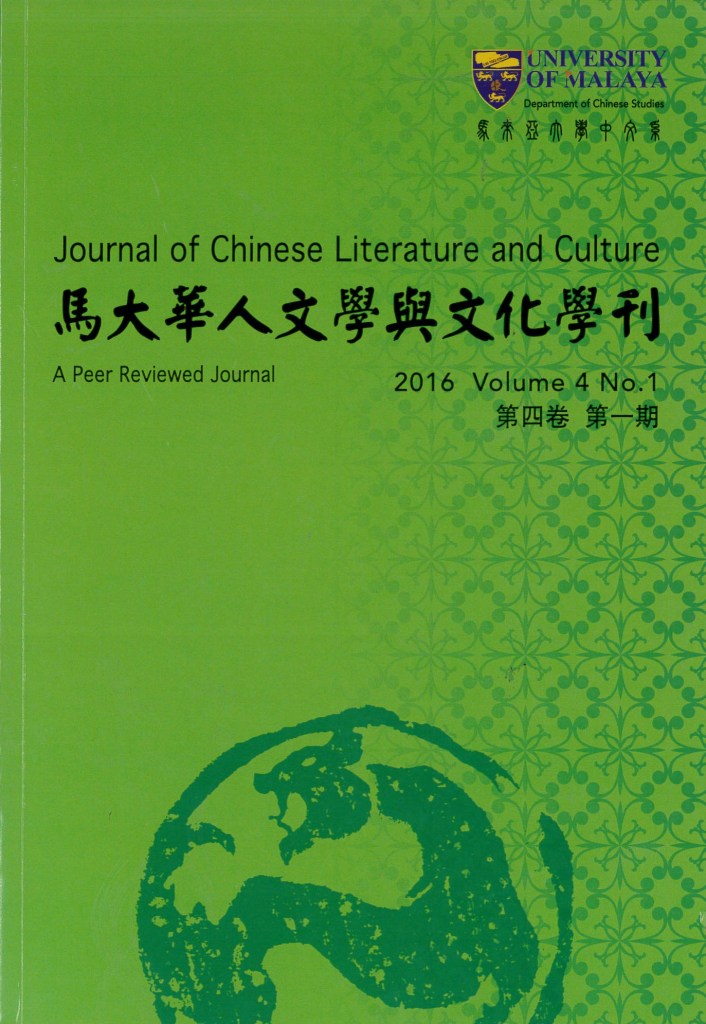Management of Kuala Lumpur Hokkien Cemetery during the British Colonial Period (1885-1957)
Main Article Content
Abstract
By the 1860s, the Chinese community in Kuala Lumpur consisted largely of non-Hokkien people. However, the available non-textual evidence shows that a Hokkien community, despite being smaller than the Hakka and Cantonese communities, had emerged at the end of the nineteenth century. The distribution of burial lots among different dialect groups in Kuala Lumpur Chinese Cemetery can attest to that. During the British colonial period, the Selangor and Kuala Lumpur Hokkien Association (SKLHA) was entrusted by the British government as the main management body of the cemetery. Its duties were mainly to manage the cemetery and to bury members who were deceased. This article explores the management of Kuala Lumpur Hokkien Cemetery (KLHC) during the British Colonial Period (1885 to 1957) by mainly drawing upon the historical materials kept by the SKLHA such as the meeting minutes and regulations of SKLHA
and complemented with recorded interviews. This article focuses on the evolution of the structure of the KLHC management body, amendments of rules and regulations of the cemetery. Meanwhile, this article also explores the national identity shift of Hokkien by examining the interactive dynamics between the cemetery managers and the British colonial officers.
Keywords: Selangor and Kuala Lumpur Hokkien Association (SKLHA), Kuala Lumpur Hokkien Cemetery (KLHC), cemetery management, national identity
